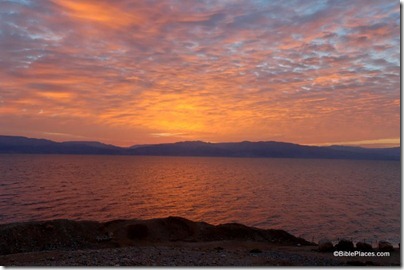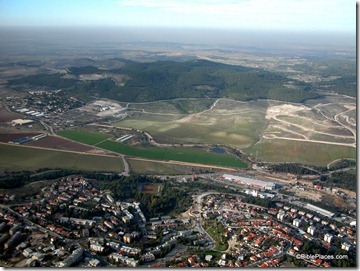Luke Chandler has responded to some of my questions about the recently announced cultic room at Khirbet Qeiyafa. I’m still curious if anyone else is convinced that Garfinkel has found one cultic room, let alone three. (Or, did pillars ever support roofs or were they only used for worship?)
The results from the first two seasons of excavation at Tel Burna (Libnah?) were presented at the ASOR meeting yesterday and the PowerPoint presentation is now available for download.
Haaretz reports on the development of the Abraham Path, a route intended to run from Haran in Turkey south to the patriarch’s burial place in Hebron.
Wayne Stiles introduces readers to the first-century boat found on the shore of the Sea of Galilee. The Jerusalem Post article includes 7 photos.
In his weekly column, Joe Yudin gives the historical basis for locating the Pools of Bethesda next to the Church of St. Anne.
The reason that the Jordan River today is a pathetic stream composed largely of sewage is that “97% of its historical flow of some 1,250 million cubic meters per year has been diverted by Israel, Syria and Jordan,” according to a report described in the Jerusalem Post.
The AP reports on the progress being made in mapping every tombstone on the Mount of Olives.
Another former church in Turkey, this one famous for hosting the Second Council of Nicaea, has been turned into a mosque.
HT: Al Sandalow, Joseph Lauer

